In industrial piping systems, "Schedule 40" (often simply referred to as Sch 40 or STD) is an extremely common pipe wall thickness grade. When combined with "seamless steel pipe," it forms the backbone material in many critical applications. Understanding the pressure ratings of Schedule 40 seamless steel pipe is essential for ensuring the safe, reliable, and efficient operation of systems.
What is “Schedule 40”
The term “Schedule 40” (often written SCH 40) refers to a standard wall-thickness classification for pipes defined under standards such as ASME B36.10M (for steel pipes) or equivalent. “Schedule” is not itself a direct pressure rating; instead it indicates the nominal wall thickness (which for a given nominal pipe size, determines the pipe’s ability to withstand internal pressure). For each Nominal Pipe Size (NPS), Schedule 40 defines a standard outside diameter (OD) and wall thickness (WT), from which inner diameter (ID) can be derived.
When “seamless” manufacturing is used (instead of welded), the pipe tends to have more uniform strength and higher integrity under pressure, because there is no weld seam that could be a potential weak point. Many references discussing high-pressure applications prefer seamless pipes for these reasons.
Thus, Schedule 40 is a standard for wall-thickness/dimensions; actual pressure capacity depends on material, size, wall thickness per that schedule, and operating conditions (temperature, medium, safety factor, etc.).
Factors Affecting the Pressure Rating of Sch 40 Seamless Pipes
1. Material: This is the decisive factor. Different steel materials have different tensile strengths and yield strengths.
A106 Gr. B (Carbon Steel): Commonly used for high-temperature services, such as steam and oil/gas transportation.
A53 Gr. B (Carbon Steel): Commonly used for general low-pressure fluid transportation.
A312 TP304/316 (Stainless Steel): Corrosion resistant, used in the chemical and food industries.
For Sch 40 pipes of the same size, the pressure ratings of stainless steel 304 and carbon steel A106B are different.
2. Operating Temperature: Temperature is the "enemy" of pressure ratings. As the medium temperature increases, the strength of the metal material decreases. Therefore, the allowable pressure of the pipe at high temperatures will be significantly lower than the allowable pressure at room temperature. Pressure-temperature rating tables are essential references for engineers when selecting pipes.
3. Nominal Diameter (NPS): As mentioned earlier, for the same Sch 40 rating, pipes of different diameters have different pressure ratings due to their varying wall thicknesses. Generally, smaller diameter pipes have a higher pressure capacity per unit area.
How to determine the pressure rating of steel pipes
The “pressure rating” (or “allowable/working pressure”) for a Schedule 40 pipe depends on several factors:
Material grade: Carbon steel, stainless steel, or alloy steel differ in yield strength, tensile strength, and allowable stress — affecting maximum safe pressure.
Nominal Pipe Size (NPS) / Outside Diameter (OD): For a given schedule, larger diameter pipes have thinner wall-to-diameter ratio and thus lower pressure resistance under the same internal pressure.
Wall thickness: As per Schedule 40 specification for that NPS; thicker wall → higher pressure capacity.
Operating temperature and fluid properties: Higher temperature or corrosive/erosive medium reduces the allowable working pressure. For example, many pressure rating tables are valid at ambient (or 73 °F / ~23 °C) — elevated temperatures require derating.
Safety factors & code/standard compliance: Real-world design often applies safety factors; standards such as those enforced by ASME or by project specifications may reduce nominal rating to ensure safety.
Therefore, although Schedule 40 gives a baseline (size + wall thickness), engineers must consult material specs, standard tables, or perform calculations (e.g.Schedule 40 Pipe Pressure Rating Chart and Guide) when exact pressure and temperature conditions are known.
Typical Pressure Ratings for Schedule 40 Seamless Pipes
Below are representative pressure-rating values for Schedule 40 steel (or seamless) pipes under typical ambient conditions. Because actual ratings vary per material grade, these values serve as general guidance — always confirm with manufacturer or standard tables before design/installation.
|
Nominal Pipe Size (NPS)
|
Outside Diameter (OD)
|
Wall Thickness (SCH 40)
|
Typical Working Pressure (approx.)*
|
|
1/4 in (0.25”)
|
0.54 in (13.7 mm)
|
per Schedule 40
|
very high — some sources report ~7,985 psi (theoretical max)
|
|
1/2 in (0.5”)
|
0.84 in (21.3 mm)
|
0.109 in (≈ 2.77 mm)
|
Working pressure often in range ~600–1300 psi depending on source
|
|
3/4 in (0.75”)
|
1.05 in (26.7 mm)
|
0.113 in (≈ 2.87 mm)
|
~480–1080 psi depending on source and safety factor
|
|
1 in
|
1.315 in (33.4 mm)
|
0.133 in (≈ 3.38 mm)
|
~450–1010 psi
|
|
1¼ in
|
1.66 in (42.2 mm)
|
0.140 in
|
~370–840 psi
|
|
1½ in
|
1.90 in (48.3 mm)
|
0.145 in
|
~330–760 psi
|
|
2 in
|
2.375 in (60.3 mm)
|
0.154 in (≈ 3.91 mm)
|
~280–650 psi
|
|
4 in
|
4.5 in (114.3 mm)
|
0.237 in (≈ 6.02 mm)
|
~220–660 psi
|






 English
English Español
Español بالعربية
بالعربية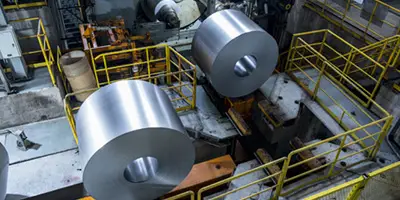

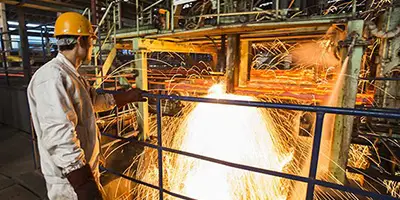
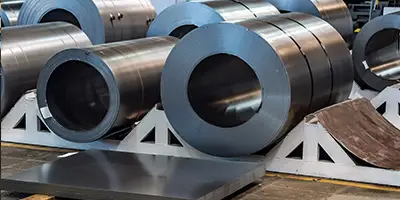

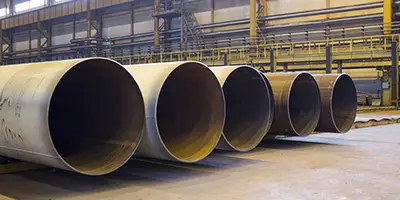



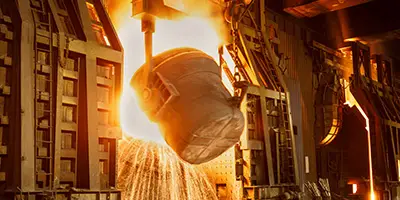

 Phone :
Phone :  Whatsapp :
Whatsapp :  Email :
Email : 


